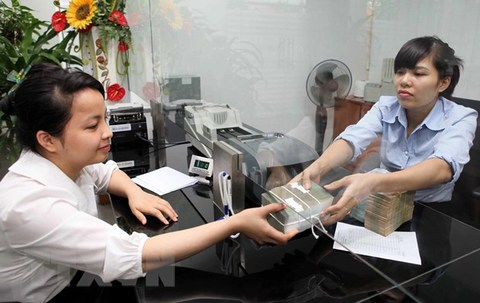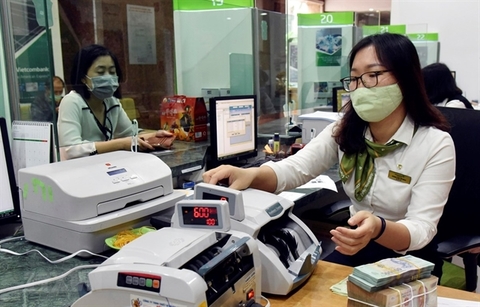SBV works to streamline legal framework for cooperative credit institutions
SBV works to streamline legal framework for cooperative credit institutions
The State Bank of Viet Nam (SBV) is collecting comments on its draft circular to deal with risks in the operation of cooperative credit institutions, including cooperative banks and people’s credit funds (PCF).

Under the draft, the SBV mentioned many regulations on internal credit rating, credit granting and debt group management. At the same time, there are higher requirements in the application of digital technology to control risks.
Dr Le Ha Diem Chi, lecturer at the Banking University of HCM City, said the new regulations will help the group of cooperative credit institutions avoid the risk of bad debt arising.
According to Chi, the PCF group, which includes nearly 1,200 units and is a part of microfinance, has made an important contribution to poverty reduction and income improvement in rural areas. However, the risk management activities in many PCFs have not been paid due attention.
Statistics in the 2018-21 period showed the number of PCFs, which were put under special control due to poor governance, increased yearly from 2.0 per cent to 2.5 per cent. The rise proved there was a need for additional legislation to enhance risk management at PCFs.
According to the SBV’s Banking Supervision and Inspection Agency, as for credit institutions that are not cooperatives, the SBV last year promulgated Circular No. 11/2021/TT-NHNN on the classification of assets, risk provisioning, and use of provisions to handle risks in the operations of credit institutions and foreign bank branches. However, the PCF group currently still applies the old legal documents, such as Circular No. 21/2019/TT-NHNN dated November 14, 2019.
Therefore, in order to be consistent in the implementation process, the concepts of debt, bad debt, overdue debt, provisioning level and the use of risk provisions, the draft circular references in Circular No. 11/2021/TT-NHNN to adjust accordingly.
Besides, in order to ensure better management of credit quality, the draft circular stipulates PCFs, whose total assets are above VND500 billion, must develop an internal credit rating system to rank customers.
At the same time, PCFs also need to issue internal regulations on credit granting and debt management, especially those on credit criteria and caps as well as credit granting applications, procedures, appraisal and approval.
The SBV’s Banking Inspection and Supervision Agency believe the above strict regulations will improve the risk governance of cooperative banks and people's credit funds in line with the Government’s orientation on safely and effectively developing the PCF group.
Nguyen Quoc Cuong, chairman of the board of directors of the Viet Nam Cooperative Bank and chairman of the Viet Nam Association of People's Credit Funds, said the internal control and audit have been developed and implemented strictly according to the SBV’s instructions by most PCFs. However, some PCFs only focused on making profits without paying due attention to internal audit standards.
Therefore, if the SBV issues a new circular on credit risk management, credit rating standards and provisioning, as well as requiring PCFs to increase the application of digital technology in risk management, the operation of the PCF group will be closer to commercial banks and other types of credit institutions in terms of capital management, credit quality management, and digital transformation.
Cuong believes when the SBV completes the legal framework for the operation of PCFs, management of risks related to internal control and credit quality will become increasingly strict and consistent, which will help improve the operational efficiency of the PCF group to make it become a microcredit source for localities, especially in agricultural and rural areas.






















